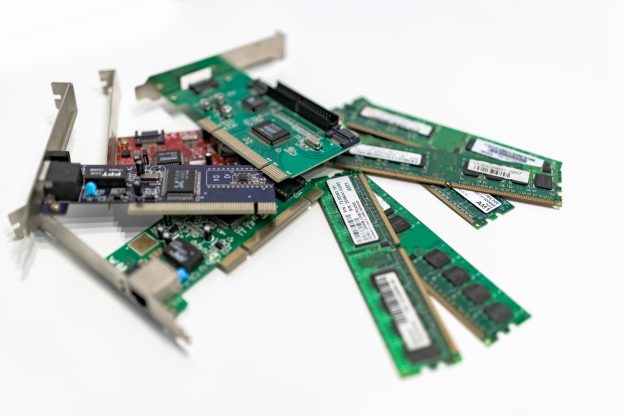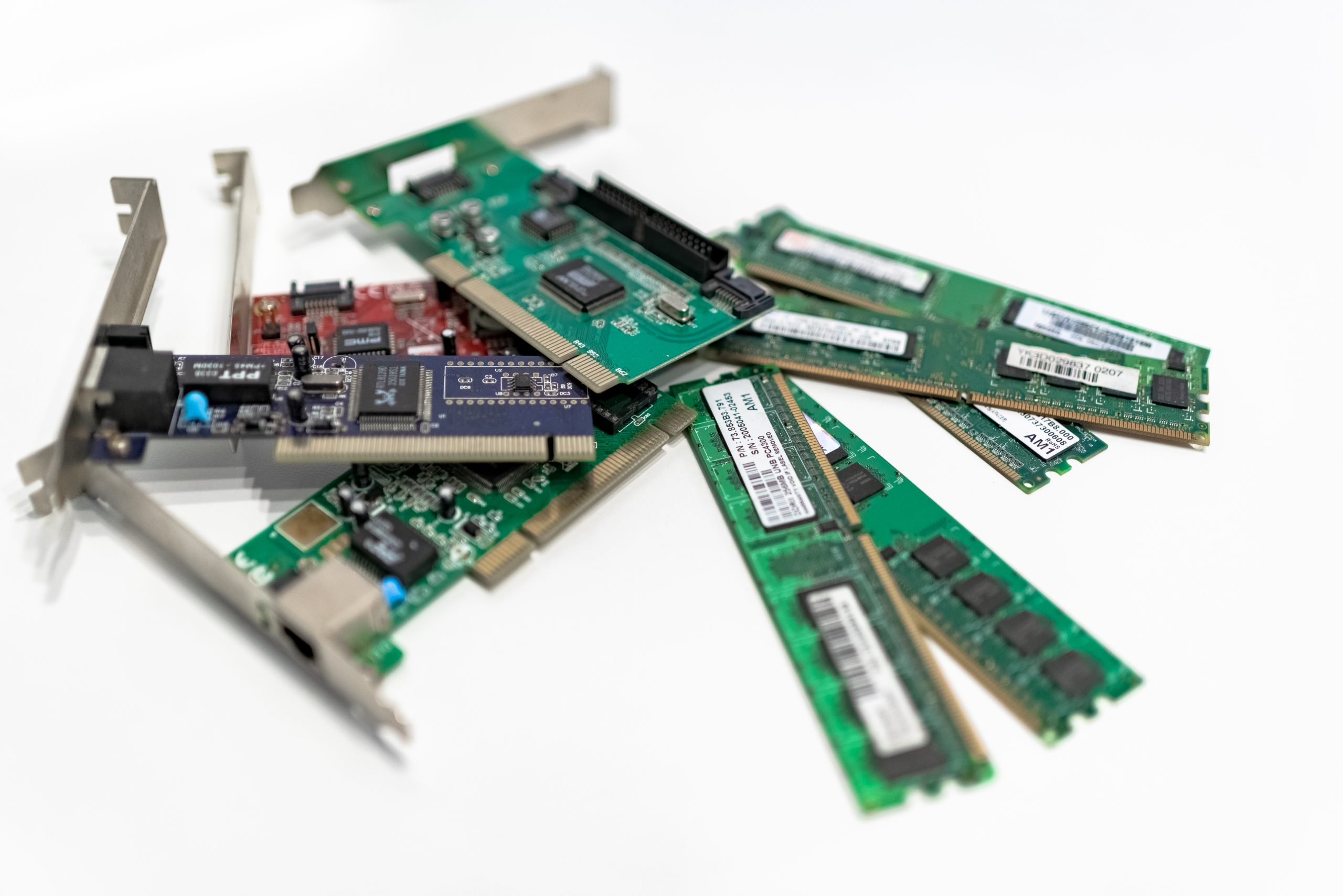As a business owner, it is crucial to ensure that your company is compliant with all relevant regulations and standards to protect both your customers and your reputation. One such important compliance requirement is the Payment Card Industry Data Security Standard (PCI DSS), which outlines guidelines for the secure handling of payment card information. This article will provide a comprehensive overview of PCI compliance for businesses, including the benefits of compliance, the steps involved in achieving compliance, and the potential consequences of non-compliance. By understanding the importance of PCI compliance and the necessary measures to achieve it, you can safeguard your business from data breaches and maintain the trust of your customers.
Understanding PCI Compliance
What is PCI Compliance?
PCI Compliance stands for Payment Card Industry Compliance. It is a set of security standards established by the Payment Card Industry Security Standards Council (PCI SSC). These standards are designed to ensure that businesses that handle payment card information maintain a secure environment, protecting cardholder data and minimizing the risk of data breaches and fraud.
Why is PCI Compliance Important?
PCI Compliance is crucial for businesses that handle payment card information. Achieving and maintaining compliance helps to protect both the business and its customers. By adhering to the PCI standards, businesses can minimize the risks associated with data breaches, safeguard customer information, and maintain the trust and confidence of their customers.
Who Does PCI Compliance Apply to?
PCI Compliance applies to any business that processes, stores, or transmits payment card data. This includes merchants, service providers, financial institutions, and any other organization involved in the payment card industry. Regardless of size or industry, if a business accepts credit or debit card payments, it must comply with the PCI standards to ensure the security of cardholder data.
PCI Compliance Requirements
Requirements for PCI DSS
PCI DSS (Payment Card Industry Data Security Standard) is a set of requirements that businesses must meet to achieve and maintain PCI Compliance. These requirements cover various aspects of data security, including network security, encryption, access control, and monitoring. The PCI DSS requirements provide a comprehensive framework for businesses to establish and maintain a secure payment card data environment.
12 Requirements for PCI Compliance
The PCI DSS outlines 12 specific requirements that businesses must meet to achieve and maintain PCI Compliance. These requirements include implementing secure network configurations, protecting cardholder data, regularly testing security systems, and maintaining stringent access control measures. Each requirement is designed to minimize vulnerabilities and ensure that businesses have thorough security measures in place.

Becoming PCI Compliant
Determining Your Business’s Scope
Determining the scope of your business’s PCI Compliance is a critical first step. This involves identifying the systems, processes, and personnel that come into contact with cardholder data. By assessing the scope, you can ensure that all necessary security measures are implemented in the relevant areas of your business.
Understanding the Self-Assessment Questionnaire (SAQ)
The Self-Assessment Questionnaire (SAQ) is a tool provided by the PCI SSC to help businesses assess their compliance with the PCI DSS requirements. The SAQ consists of a series of questions that businesses must answer based on their specific payment card processing methods and environment. Understanding and accurately completing the SAQ is essential for accurately assessing your business’s compliance.
Hiring a Qualified Security Assessor (QSA)
For some businesses, particularly larger ones or those with more complex payment processes, hiring a Qualified Security Assessor (QSA) may be necessary. A QSA is an independent third party with expertise in PCI Compliance assessments. They can help businesses navigate the compliance process, conduct security assessments, and provide guidance on achieving and maintaining compliance.
Common Challenges in Achieving PCI Compliance
Lack of Understanding
One common challenge businesses face in achieving PCI Compliance is a lack of understanding of the requirements and the necessary steps to achieve compliance. Many businesses are not familiar with the technical aspects of data security and may struggle to interpret the PCI DSS requirements. This lack of understanding can hinder compliance efforts and increase the risk of data breaches.
Complexity of Technical Requirements
The technical requirements of PCI Compliance can be complex and challenging to implement, especially for businesses with limited IT resources or expertise. Setting up secure networks, implementing encryption, and maintaining robust access controls may require specialized knowledge and resources that smaller businesses may find difficult to manage. It is essential to seek guidance and support to navigate these technical challenges effectively.
Budget Constraints
Achieving and maintaining PCI Compliance often comes with financial costs, such as investing in security technology, implementing necessary infrastructure changes, and training employees. Budget constraints can pose a significant challenge for businesses, particularly smaller ones. However, the cost of non-compliance and potential penalties resulting from data breaches outweigh the initial investment required for compliance. Exploring cost-effective solutions and prioritizing security is essential.
Benefits of Achieving PCI Compliance
Protecting Customer Data
One of the primary benefits of achieving PCI Compliance is the protection of customer data. By implementing the required security measures, businesses can significantly reduce the risk of data breaches and unauthorized access to cardholder information. This helps to safeguard customer privacy and maintain trust in your business’s ability to handle payment card data securely.
Maintaining Customer Trust
PCI Compliance is a tangible demonstration of a business’s commitment to data security. When customers see that a business is PCI Compliant, they feel reassured that their payment card information is in safe hands. This, in turn, helps businesses maintain trust, retain customers, and attract new ones who prioritize security in their transactions.
Reducing Risk of Breaches and Fines
By achieving and maintaining PCI Compliance, businesses can significantly reduce the risk of data breaches and the associated financial and reputational damage. Breaches can result in financial losses, legal consequences, regulatory fines, and damage to a business’s reputation. By adhering to the PCI DSS requirements, businesses can minimize these risks and focus on their core activities with confidence.
Penalties for Non-Compliance
Fines and Penalties
Non-compliance with PCI standards can result in substantial fines and penalties. These fines can vary depending on the severity of the non-compliance and the volume of compromised data. Regulatory bodies and card brands have the authority to impose fines on businesses that fail to meet the PCI DSS requirements.
Revocation of Payment Processing Privileges
In addition to fines and penalties, non-compliance can lead to the revocation of a business’s payment processing privileges. Card brands and payment processors may suspend or terminate a business’s ability to accept payment cards if they are found to be non-compliant. This can have significant consequences for businesses as they may lose the ability to conduct electronic payments, impacting their revenue and reputation.

Maintaining Ongoing Compliance
Regularly Monitoring Systems and Networks
Maintaining ongoing PCI Compliance requires businesses to regularly monitor their systems and networks for any potential vulnerabilities or changes that could affect their compliance status. Continuous monitoring allows businesses to identify and address security gaps promptly, ensuring that they remain compliant and minimize the risk of data breaches.
Updating Security Measures
As technology and threats evolve, it is essential for businesses to update their security measures to align with the latest PCI standards and best practices. This includes implementing software patches, upgrading hardware, and regularly reviewing and updating security policies and procedures. By staying current with security measures, businesses can proactively address emerging risks and maintain compliance.
Employee Training and Awareness
Employees play a critical role in maintaining PCI Compliance. It is essential to provide regular training and awareness programs to educate employees about their responsibilities in handling cardholder data securely. Training should cover topics such as data handling, password security, and recognizing potential security threats. By ensuring that employees are well-informed and vigilant, businesses can enhance their overall security posture and maintain compliance.
Choosing a PCI Compliance Provider
Factors to Consider
When choosing a PCI Compliance provider, there are several factors to consider. These include the provider’s reputation and expertise, the comprehensiveness of their compliance solutions, their ability to support your business’s specific needs, and their pricing structure. It is crucial to select a provider that offers reliable services and can guide your business through the compliance process effectively.
Comparing Different Providers
To make an informed decision, it is recommended to evaluate and compare several PCI Compliance providers. Consider factors such as their experience in the industry, the range of services they offer, customer reviews, and any certifications or accreditations they hold. By obtaining multiple quotes and conducting thorough research, you can choose a provider that best meets your business’s compliance needs.
Reviewing Customer Feedback
Customer feedback can provide valuable insights into the quality and effectiveness of a PCI Compliance provider’s services. Look for testimonials or customer reviews on the provider’s website or other online platforms. Pay attention to any positive or negative experiences shared by other businesses, as this can help you assess the provider’s ability to deliver on their promises and support your compliance efforts.

PCI Compliance FAQs
What is the first step in achieving PCI compliance?
The first step in achieving PCI Compliance is to determine the scope of your business’s compliance. Identify the systems, processes, and personnel that come into contact with cardholder data. By assessing the scope, you can prioritize and implement the necessary security measures in the relevant areas of your business.
Do all businesses need to achieve PCI compliance?
Yes, all businesses that process, store, or transmit payment card data need to achieve PCI Compliance. This requirement applies regardless of the size or industry of the business. Any business that accepts credit or debit card payments must comply with the PCI DSS requirements to ensure the security of cardholder data.
How often should businesses undergo a PCI compliance audit?
The frequency of PCI compliance audits depends on the volume of payment card transactions and the level of risk associated with a business’s operations. Generally, businesses should undergo an annual PCI compliance assessment. However, businesses with higher transaction volumes or greater risk exposure may need to undergo more frequent assessments, such as quarterly reviews or continuous monitoring, to ensure ongoing compliance.


































